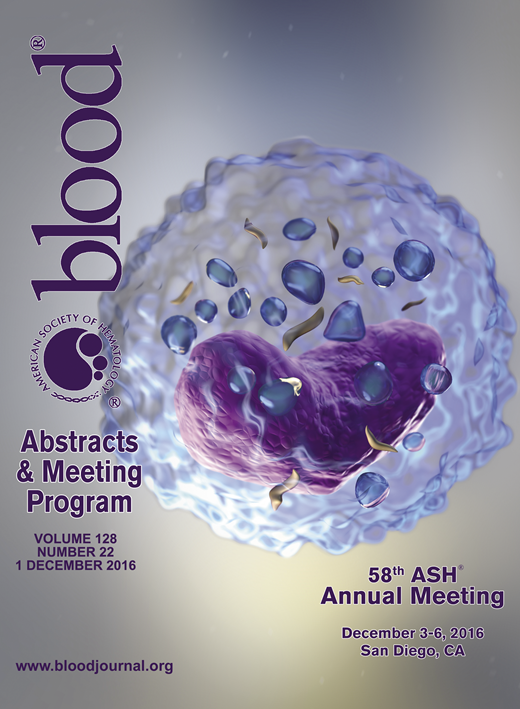Abstract
Hemophagocytic lymphohistiocytosis (HLH) is an often fatal type of systemic inflammatory response (SIRS) which is characterized by T cell dysregulation and activation of macrophages, and which leads to multi-organ dysfunction. VAD insertion is often associated with transient SIRS (Galantier J et al, Arq Bras Cardiol 2008 91:301-08; Byrnes JW et al, Ann Thorac Surg 2015 99:1392-8), but VAD insertion has not previously been described to result in HLH.
Through an IRB approved retrospective chart review of 123 VAD insertions between January 2014 and May, 2016, we describe the association of persistent fever and HLH following VAD insertions and the outcomes of subsequent orthotopic heart transplant (OHT). Four adults, with range of age 25-71 years, had non-ischemic CM, and developed persistent fevers following VAD insertion. One of the patients likely developed HLH prior to VAD insertion. This patient, one month following completion of chemotherapy for diffuse large B cell lymphoma, in remission, developed recurrent, idiopathic fevers and heart failure. This patient then underwent VAD insertion 7 weeks later and fevers persisted. The other three patients developed fever, 100.5o F or higher, within 48 hours of VAD insertion, and which persisted, often exceeding 103oF, for a median of 23 days (range 10- 135 days) before the diagnosis of HLH was made.
All patients met at least 5 criteria as per HLH-2004 (Hentner J-E et al, Pediatr Blood Cancer 2007 48:124-131) All had extensive bone marrow hemophagocytosis. Median soluble IL-2 R at diagnosis was 2,771 U/ml (range: 2,286-14,600). Median ferritin was 2,570 mcg/L (range 643-12,351) Comprehensive investigation for diseases and predispositions associated with HLH was conducted in all. None had identifiable malignancy or persistent lymphoma, connective tissue disorder, family history of HLH, nor identifiable predisposing mutation on genetic testing. Viral testing of blood by pcr was negative except for EBV in one, HHV-6 in one.
Therapy consisted of dexamethasone, etoposide in three patients for a median of 41 days (range 28-48), and dexamethasone alone for 6 weeks in one patient. No surviving patient required a second course of therapy. Despite receiving etoposide and dexamethasone for 31 days,one patient, age 71, died of HLH 41 days after VAD insertion. Three patients subsequently underwent successful OHT without relapse of HLH. Duration of their VAD implants prior to OHT were 4, 14, and 31 months. Survivorship from OHT is 3, 10, and 25 months. The progression free survivorship, free of HLH, from the time of initial therapy for HLH in the three OHT patients is 16, 28, and 38 months. The incidence of HLH is 2.4% for patients who did not have symptoms of HLH prior to VAD. We conclude that HLH is one cause of persistent fevers following VAD insertion. Prior HLH did not preclude successful OHT, and HLH has not recurred at a median of 28 months from HLH diagnosis.
No relevant conflicts of interest to declare.
Author notes
Asterisk with author names denotes non-ASH members.

